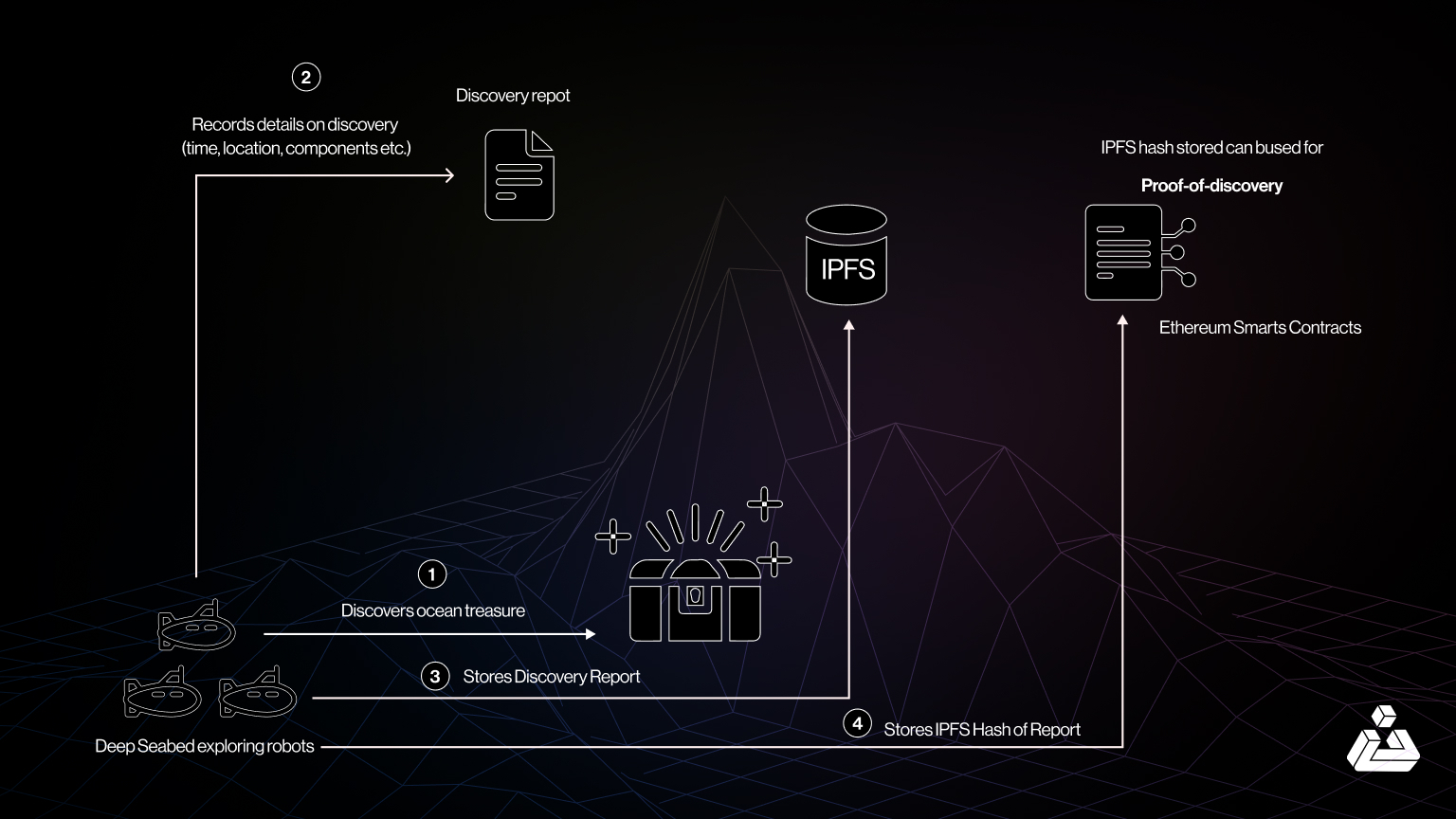
Recurring revenue is the backbone of both SaaS and Web3 platforms, but ensuring transparent, accurate billing cycles in decentralized environments poses unique challenges. Onchain subscription payments with proration offer a compelling solution, bringing automation, fairness, and immutable record-keeping to the world of digital subscriptions. If you’re building or scaling a decentralized SaaS product, understanding how to implement these systems is critical for both user trust and operational efficiency.

Why Proration Matters for Onchain Subscriptions
Traditional subscription models often fall short when users upgrade, downgrade, or cancel mid-cycle. In Web3 and blockchain-based SaaS, proration becomes even more important because every transaction is recorded immutably on-chain. This means your billing logic must be airtight: users should only pay for what they use, and every adjustment should be transparently tracked.
For example, if a customer upgrades their plan halfway through the month, your smart contract needs to calculate the additional cost for the remainder of the cycle. Conversely, downgrades or cancellations should trigger refunds or credits based on precise usage. This level of granularity not only improves the user experience but also builds credibility for your platform in the eyes of crypto-savvy customers.
Key Architectural Choices: Blockchain Platform and Payment Models
The first step in implementing onchain recurring subscriptions with proration is selecting the right blockchain platform. Ethereum remains the industry standard due to its mature smart contract ecosystem, but high gas fees can be prohibitive for frequent microtransactions. Alternatives like Solana or Binance Smart Chain offer lower fees and faster processing times, but may have trade-offs in terms of decentralization or tooling.
You’ll also need to decide on a payment methodology:
- Smart Contract Token Pull: Your contract automatically withdraws tokens from a user’s wallet at set intervals. This approach requires explicit user permission but enables seamless automation.
- Streaming Payments: Using protocols like Superfluid, funds are transferred continuously over time. This allows for precise proration down to the second, ideal for usage-based SaaS models.
- Recurring Crypto Invoices: The contract sends periodic invoices that users must manually approve. While less automated, this method offers flexibility and can help with regulatory compliance.
The choice depends on your business model, target audience, and technical stack. For a deeper dive on the nuances of each approach, see this implementation guide.
Building Smart Contracts with Proration Logic
The heart of any onchain recurring billing system is the smart contract. Your contract must manage subscription states (active, paused, canceled), handle upgrades and downgrades, and most importantly, calculate prorated charges based on exact usage windows. For instance:
- If a user upgrades from Basic to Pro on day 10 of a 30-day cycle, the contract should charge the Basic rate for 10 days and the Pro rate for the remaining 20 days.
- If a user cancels on day 15, the contract should refund or credit them for the unused portion of their cycle.
This logic needs to be carefully audited to avoid overcharging or undercharging users. Remember: all transactions are public and immutable on-chain, so errors can damage your reputation and trigger costly support headaches. Explore more practical examples of proration logic in smart contracts in our in-depth walkthrough.
Integrating proration into your onchain subscription billing doesn’t just stop at smart contract logic. You also need to consider how users interact with your system and how you present billing information in a transparent, user-friendly way. This is where dynamic onchain invoicing and clear UI/UX design become crucial.
Dynamic Onchain Invoicing and User Experience
With every subscription state change recorded on-chain, users expect to see a detailed, immutable history of their payments and adjustments. Dynamic onchain invoicing means that every invoice, whether for a full cycle or a prorated period, can be generated, verified, and audited directly from the blockchain. This not only enhances transparency but also simplifies compliance and dispute resolution.
To deliver this experience:
- Integrate wallet-based authentication so users can securely manage their subscriptions via MetaMask, WalletConnect, or similar tools.
- Offer real-time dashboards that display current plan status, next payment date, amount due (including any proration), and historical invoices, all sourced directly from onchain data.
- Automate notifications for upcoming charges or successful payment events using decentralized messaging solutions or opt-in email/SMS alerts.
This level of clarity is especially important in decentralized environments where support resources may be limited. For more on the technical implementation of these features, see this guide to handling mid-cycle changes.
Security, Compliance, and Auditing Best Practices
The immutable nature of blockchain is both an asset and a risk: once deployed, smart contracts cannot be easily changed. Rigorous auditing is non-negotiable. Partner with reputable security firms for code reviews, penetration testing, and ongoing monitoring. Additionally:
- Stay updated on regulatory guidance for crypto-based recurring payments in your jurisdictions, particularly regarding refunds and consumer protection.
- Use stablecoins (like USDC or DAI) for predictable pricing and reduced volatility risk.
- Implement multi-signature admin controls so upgrades or emergency actions require consensus among trusted parties.
This approach not only protects user funds but also builds institutional credibility, a key factor as enterprise adoption of decentralized SaaS accelerates.
Solidity Function for Calculating Prorated Subscription Charges
To handle proration in your ERC-20 based subscription smart contract, you can use a function like the following to calculate the prorated charge when a user upgrades or downgrades their subscription mid-cycle. This function ensures fair billing by charging only for the portion of each plan actually used.
/**
* @notice Calculates the prorated charge for a subscription upgrade or downgrade.
* @param oldPlanPrice The price of the old plan per period (in token units)
* @param newPlanPrice The price of the new plan per period (in token units)
* @param periodStart The timestamp when the current period started
* @param periodEnd The timestamp when the current period ends
* @param currentTime The timestamp when the change is requested
* @return proratedCharge The amount to charge (or refund if negative)
*/
function calculateProratedCharge(
uint256 oldPlanPrice,
uint256 newPlanPrice,
uint256 periodStart,
uint256 periodEnd,
uint256 currentTime
) public pure returns (int256 proratedCharge) {
require(periodStart < periodEnd, "Invalid period");
require(currentTime >= periodStart && currentTime <= periodEnd, "Current time out of bounds");
uint256 totalPeriod = periodEnd - periodStart;
uint256 timeUsed = currentTime - periodStart;
uint256 timeRemaining = periodEnd - currentTime;
// Calculate used and remaining value
uint256 usedValue = (oldPlanPrice * timeUsed) / totalPeriod;
uint256 remainingValue = (newPlanPrice * timeRemaining) / totalPeriod;
// Prorated charge is: usedValue + remainingValue - oldPlanPrice
// This represents the adjustment needed for the upgrade/downgrade
int256 charge = int256(usedValue) + int256(remainingValue) - int256(oldPlanPrice);
return charge;
}This function returns a signed integer: a positive value means the user should be charged extra, while a negative value indicates a refund is due. Integrating such logic helps maintain transparent and accurate billing for your onchain SaaS subscriptions.
Optimizing Your Onchain Subscription Stack: Tools and Ecosystem Choices
The modularity of Web3 allows you to compose best-in-class protocols tailored to your needs:
- Superfluid: Real-time streaming payments enable second-by-second proration, a game changer for usage-based SaaS models.
- Crossmint: NFT-based subscriptions unlock transferability and composability within broader Web3 ecosystems.
- OnChainPay: API-driven crypto billing with built-in proration logic simplifies integration for both startups and established platforms.
- Helio: Combines fiat-style UX with crypto-native settlement for seamless onboarding of mainstream users.
The right stack depends on your product vision, whether you prioritize automation, composability, regulatory alignment, or all three. For a comparative analysis of platform choices by use case, review our resource on practical implementation strategies here.
The Future: Interoperable Prorated Subscriptions Across Web3 Ecosystems
The next frontier is cross-chain interoperability, enabling users to move seamlessly between dApps while retaining their subscription status and billing history. As standards evolve around NFT-based subscriptions and decentralized identity (DID), expect even greater flexibility for both providers and end-users. Platforms that master accurate proration today will be well-positioned as the backbone infrastructure powering tomorrow’s digital economies.
If you’re ready to dive deeper into building robust onchain recurring subscriptions with proration, or want hands-on examples, explore our step-by-step guides at SubscribeOnChain. com or check out our curated list of implementation walkthroughs such as this one focused on SaaS platforms.




